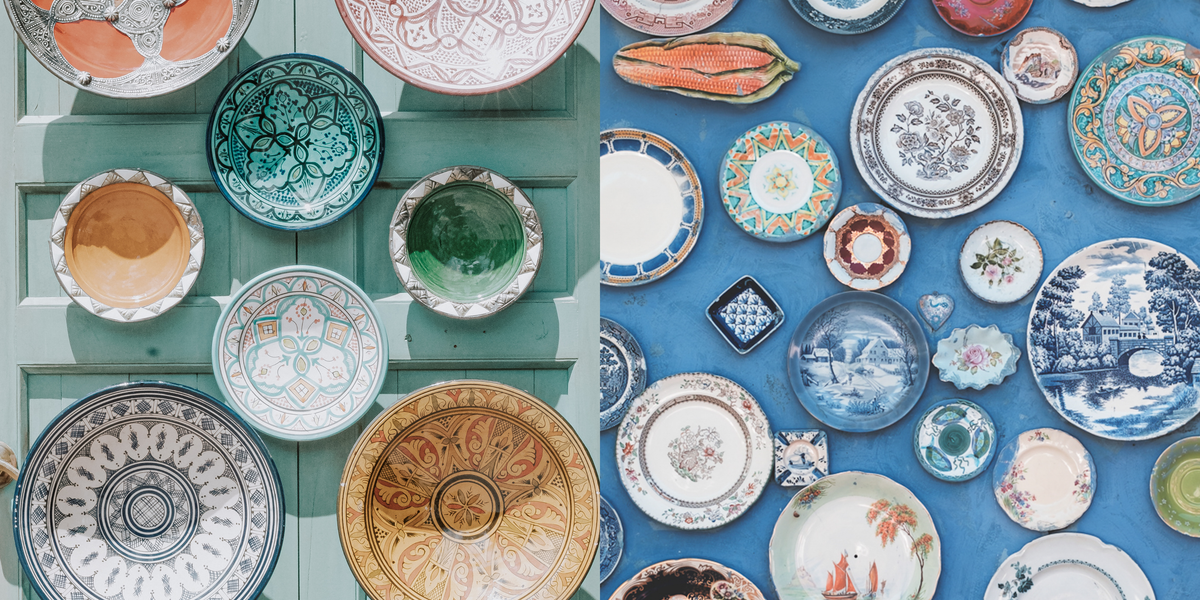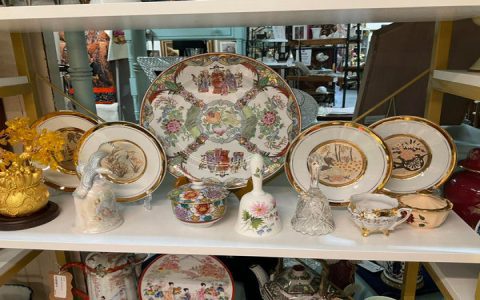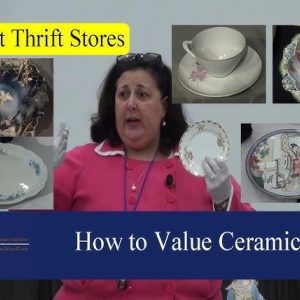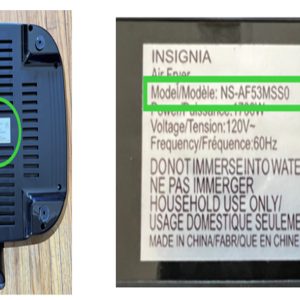Vintage stoneware dinnerware collecting demands expertise in identification, valuation, and preservation. This guide offers professional tips for enthusiasts.
Understanding Vintage Stoneware
Stoneware is high-fired ceramic, distinct for its durability, non-porous glaze, and earthy aesthetics. Focus on 1880s-1960s American pieces for collectible value. Prominent makers include Roseville, McCoy, and Hull Pottery, each with signature designs.
- Types: Dinner plates, bowls, serving dishes with matte or glossy finishes.
- Materials: Typically clay fired above 1200°C, creating chip-resistant surfaces.
- Eras: Art Nouveau (pre-1920s), Art Deco (1920s-30s), Mid-Century Modern (1940s-60s).
Identifying Authentic Pieces
Authenticity hinges on maker's marks, construction, and patina. Avoid reproductions by examining details under bright light.

- Marks: Look for stamped or incised logos (e.g., McCoy's "USA" mark). Missing marks don't always indicate fake items.
- Weight and Texture: Genuine stoneware feels heavy with a coarse, uneven base; smooth surfaces may signal modern imitations.
- Glaze and Color: Original glaze shows subtle crazing (fine cracks) and variations; bright, uniform colors often indicate newer pieces.
Assessing Value and Condition
Value is driven by rarity, maker, and condition. Damage reduces worth significantly—use a magnifier for close inspection.
- Check for Flaws: Scan edges for chips, cracks, or glaze scratches. Minor crazing is acceptable; major defects slash value by 50% or more.
- Rarity Factors: Limited editions, unique shapes (e.g., animal figurines), or discontinued lines command higher prices.
- Market Trends: Research auctions or collectors' forums for current demand—e.g., Hull's Art Deco vases often fetch premiums.
Cleaning and Care Essentials
Preserve your collection with gentle handling to avoid irreversible damage. Never use harsh chemicals.
- Basic Cleaning: Wash with warm water, mild soap, and a soft cloth. Dry immediately to prevent water stains.
- Storage Tips: Keep pieces away from direct sunlight and humidity; use acid-free paper for padding in display cabinets.
- Avoid Restoration: Professional repair is costly and devalues items; embrace natural wear like patina as authentic charm.
Building a Smart Collection
Start small with a focused theme to minimize risks and maximize appreciation. Budget wisely.
- Procurement Sources: Hunt at estate sales, reputable antique shops, or online marketplaces; verify seller credibility.
- Specialization Strategy: Focus on one maker (e.g., Roseville) or era for expertise. Set a limit per piece to manage costs.
- Documentation: Maintain records of purchases, including provenance and condition notes, for future sales or insurance.
Common Pitfalls to Avoid
Steer clear of costly mistakes with these pro insights. Always prioritize knowledge over impulse buys.
- Overlooking Condition: Exciting finds may hide hidden flaws; inspect thoroughly under multiple lighting conditions.
- Ignoring Trends: Research historical values—for instance, post-war designs are rising in popularity but can be overpriced.
- Authentication Risks: Use trusted references like collectors' guides to confirm marks and designs before purchasing.












